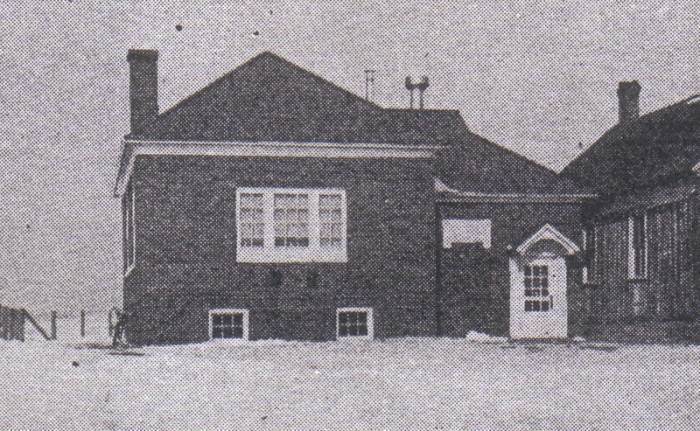



The Riverside school, the Highland school, the Kellnersville school, and the
Menchalville school are all houses now. (all information on this page sent in
by researcher/see contributors page)
All the school histories are from "A Centennial History of the Manitowoc County Districts"
1848 – 1948. by Rappel, Joseph J.
Franklin township was once a part of Manitowoc Rapids, of Maple Grove, of the
original Franklin township made up of Franklin and Cato, and finally in 1857
the present-sized township. During these changes from one township to another,
school districts were organized in these territories. Prior to 1857, there were
only four school districts set up in the present Franklin area.
They were: Franklin 6 (now Franklin 1 and Jt. 2),
Franklin 8 (now Franklin Jt. 8, Jt. 6, and Jt.9),
Franklin 13 (now Franklin Jt. 3 and 13), and
Franklin 14 (now Franklin 4 and Jt. 14).
Cato Jt. 7 also consisted of a part of the Franklin area. After Franklin became
a township by itself, new school districts were organized and numbered from number
1 up and to fill in missing district numbers, but not always in the order of their
organization. The missing district number 5 is unexplained after much research.
FRANKLIN 1 – GRASSY KNOLL
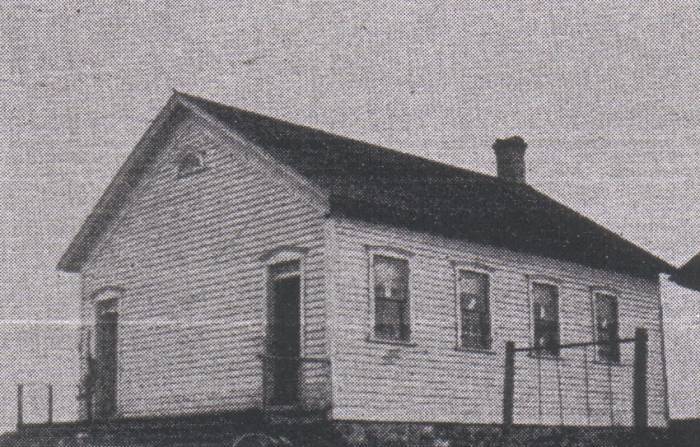
FRANKLIN JT. 2 – CLEARVIEW
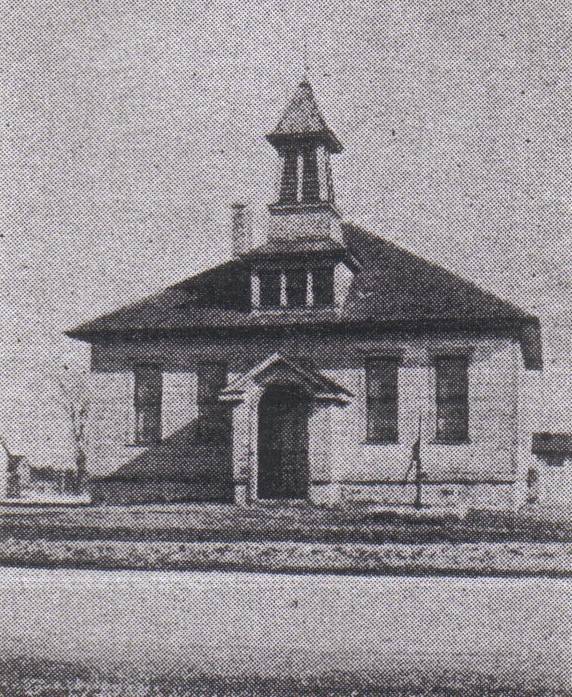
FRANKLIN JT. 3 – MCKINLEY
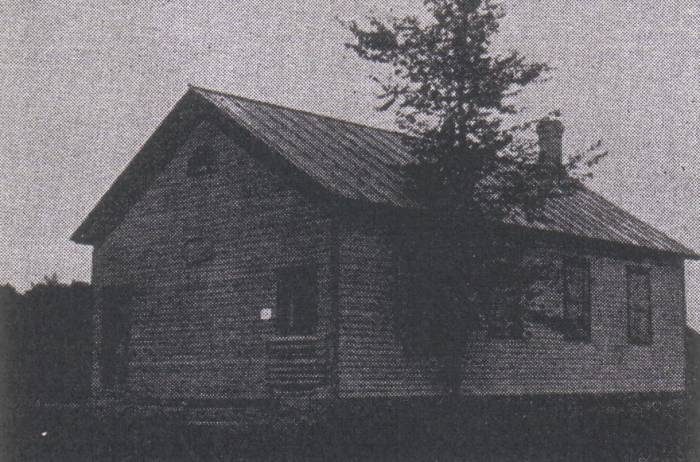
FRANKLIN 4 – RIVERSIDE
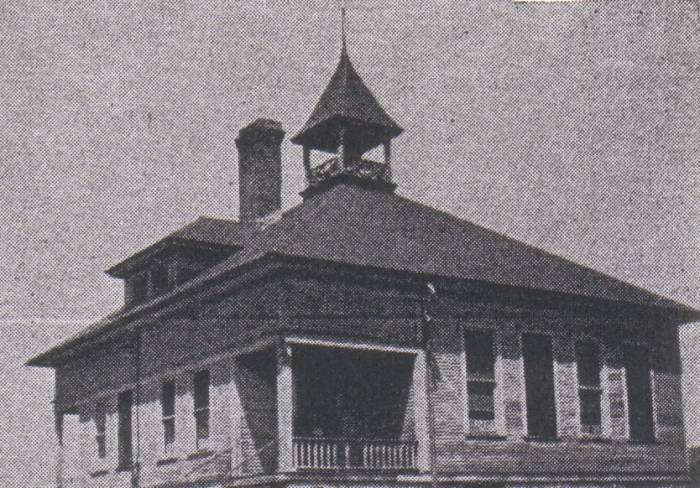
FRANKLIN JT. 6 – HIGHLAND
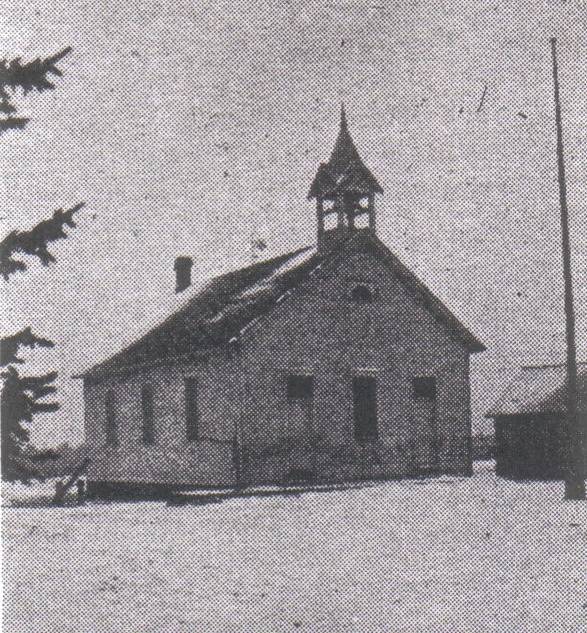
FRANKLIN JT. 8 – SUNNY SLOPE
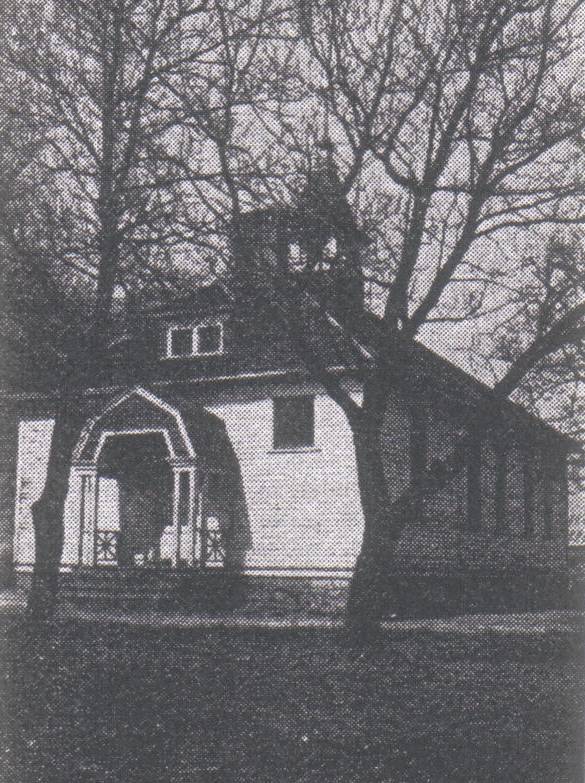
FRANKLIN JT. 9 – KELLNERSVILLE
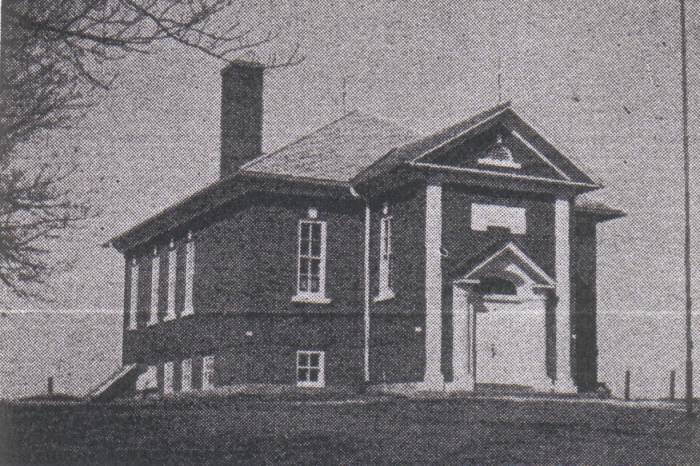
FRANKLIN 13 – FRANKLIN
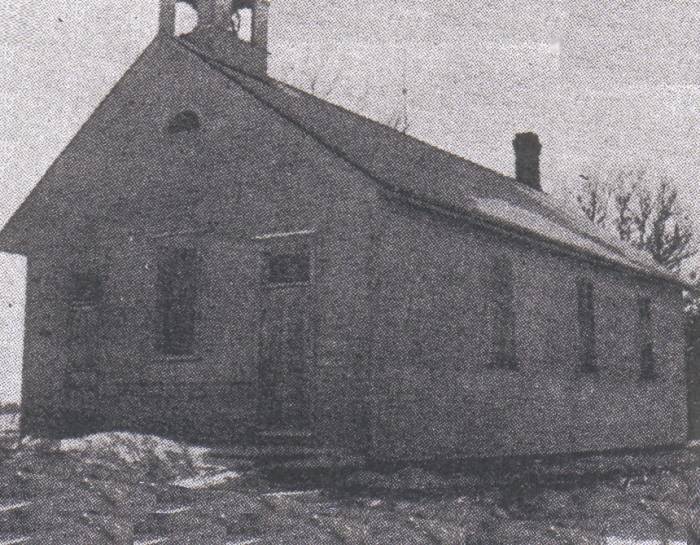
FRANKLIN JT. 14 – MENCHALVILLE
